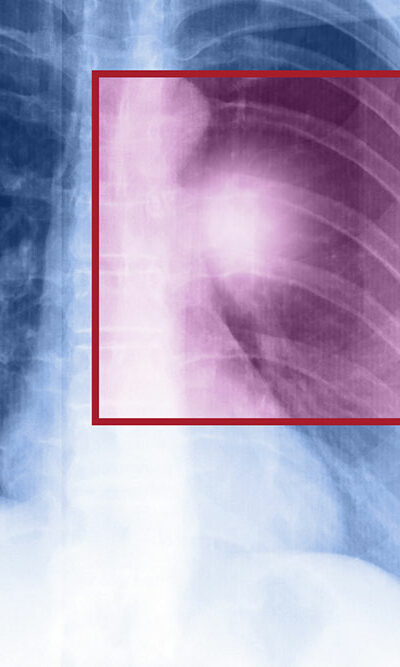
Anemia – Causes and Symptoms
Iron deficiency or anemia is one of the most common forms of anemia and affects many people. It is the result of an inadequate amount of healthy red blood cells in the body. Red blood cells carry oxygen to the tissues in the body and are vital to the healthy functioning of the body as well. As the name suggests, a deficiency in iron leads to the onset of the disease. Your body cannot produce healthy red blood cells without sufficient amounts of iron. Iron deficiency or anemia may result in you feeling tired at all times and suffering from a shortness of breath. You need to maintain a healthy diet rich in iron to get back on track or correct your iron deficiency by taking iron supplements. You may need additional tests to determine the true nature of the disease, especially if you are bleeding internally. Here are some of the symptoms of iron deficiency or anemia: Symptoms of iron deficiency or anemia The onset of the disease is so mild that it generally goes unnoticed. The signs and symptoms of the disease gather pace once the deficiency of iron starts having a telling impact on the body. The signs and symptoms of iron deficiency or anemia include the following: Pale skin Weakness Extreme fatigue Chest pain Fast heartbeat Shortness of breath Dizziness, headaches, or light-headedness Cold hands and feet A poor appetite Unusual cravings for substances like starch, dirt, and ice Brittle nails If you end up suffering from these symptoms, it suggests the likelihood of iron deficiency or anemia. The worst you can do at this stage is do a self-diagnosis and find a treatment for yourself. While it seems simple to take iron supplements or drastically change your diet to incorporate more iron, overloading the body with iron can be extremely dangerous as well.










